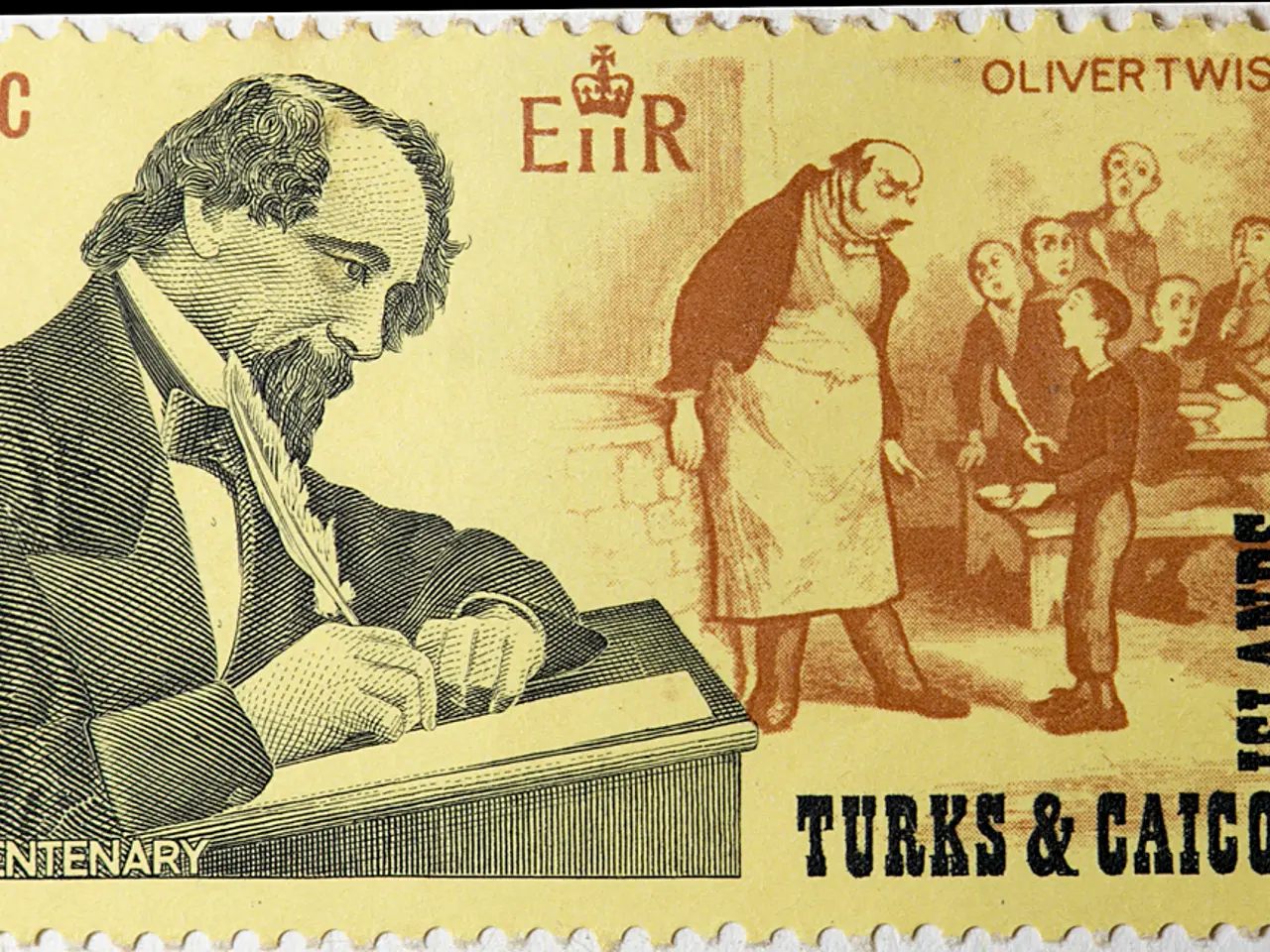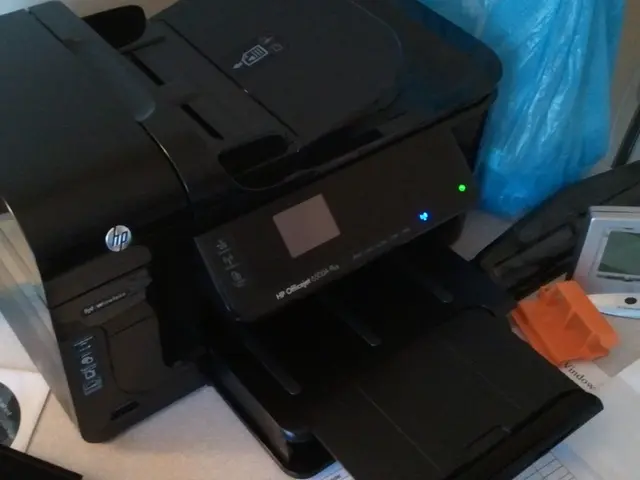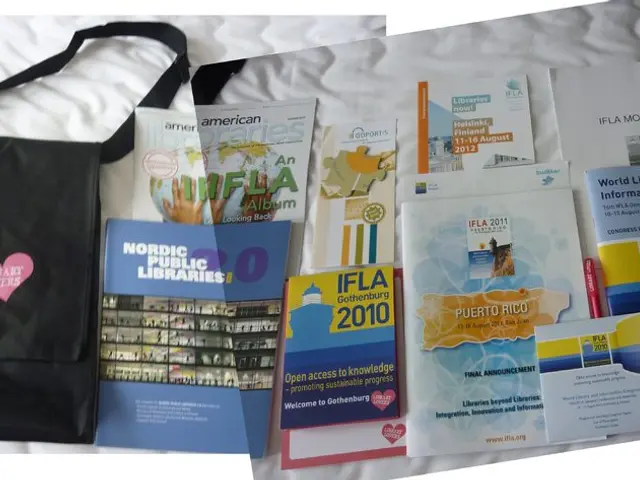Sending a Letter Via Royal Mail: A Guide to Conventional Postal Services
Sending letters abroad or within the UK can be a straightforward process with the right information. Here's a comprehensive guide on how to effectively use Royal Mail services, including tips, costs, tracking, and more.
Tips for Using Royal Mail Services
1. Choose the Right Service
When sending letters, consider the urgency and value of your mail. For urgent letters, opt for First-Class Mail aimed at delivery the next working day, offering a more reliable service than second-class but at a higher cost. For non-urgent letters, Second-Class Mail is suitable, with delivery typically within three days.
2. Use Tracked Services for Valuable Items
For valuable letters, it's recommended to use tracked services to ensure they can be monitored throughout the delivery process. This provides peace of mind and helps in case of disputes or losses.
3. Keep Records
Maintain a record of all your mailings, including tracking numbers and dates sent. This is crucial for tracking and resolving any issues quickly.
4. Use Prepaid Options
Consider using prepaid envelopes or stamps for convenience and cost management.
Costs for Sending Letters with Royal Mail
- Standard Letter: Prices vary based on weight and dimensions. For example, a standard letter weighing up to 100g costs around £0.85 for first-class and £0.75 for second-class.
- Large Letters: These typically cost more, with prices dependent on size and weight. For instance, a large letter up to 750g costs £2.70 for a Large Letter service (relevant for items exceeding standard letter dimensions).
Tracking with Royal Mail
1. Tracking Options
Use Royal Mail's tracking services for peace of mind and to monitor the delivery status of your mail. Tracked services provide updates on the location and progress of your mail.
2. Regularly Monitor Shipments
Regularly check the status of your tracked mail to proactively manage any potential delays or issues.
Additional Tips for Businesses
1. Use Hybrid Mailing Solutions
Hybrid mailing combines digital and physical mail, offering speed and reliability. It's particularly useful for businesses that need to send legal notices or reminders efficiently.
2. Educate Customers
If you're a business using Royal Mail for customer shipments, ensure your customers understand how to use the tracking system. This can reduce customer service inquiries and improve overall satisfaction.
Claiming for Lost or Damaged Mail
- Submit claims for lost packages within 80 calendar days of the posting date.
- Keep records of the sender and recipient details, service used, posting date, and proof of postage. For damaged items, provide images of the damage and packaging.
By following these tips and understanding the costs and tracking options available, you can effectively utilize Royal Mail services for sending letters in the UK. For more information, visit the Royal Mail website or contact their customer service.
Remember to address a letter for Royal Mail by writing the recipient's full name clearly, including the complete street address, adding the postal code in uppercase letters, and putting the address in the center of the envelope. Royal Mail's standard envelope size for letters has maximum dimensions of 24 cm x 16.5 cm x 0.5 cm and a maximum weight of 100 grams.
Royal Mail offers three main service types: First-Class Mail, Second-Class Mail, and International Services. Royal Mail delivers over 650 million parcels every year, providing benefits such as consistent delivery times, competitive pricing, an extensive network of post offices, and online tracking and management.
During the holiday season, Royal Mail may experience delays, so it's recommended to send mail early and choose fast shipping for urgent items. Royal Mail has different pay-out levels based on the service and item's value for compensation. You can buy Royal Mail stamps online, at a post office, or through print-at-home options.
Royal Mail offers different tracking options: Tracked 24 Standard, Tracked 48 Standard, Special Delivery Guaranteed, and International Tracked services. Postage costs depend on factors like letter weight, envelope size, delivery destination, and desired delivery speed.
When sending mail to distant countries, delivery times may take 5-10 days. Customs and the destination's postal system affect speed. When sending letters abroad, address them correctly, include a customs declaration form, and be aware of costs and delivery times.
When dealing with delivery problems, Royal Mail has steps to help. For delayed letters, check the tracking number online, wait 2-3 business days before contacting them, gather all relevant shipping information, and contact customer service with specific details.
For lost mail, locate your tracking number, visit the Royal Mail website, submit a formal missing mail report, and provide proof of postage if available. For damaged letters, document everything well, take clear photos of the damage, contact Royal Mail's customer service right away, and keep the original packaging for possible claims.
When your letter is lost, Royal Mail makes claiming easy. You'll need proof of postage, tracking details, the original envelope or packaging, and a description of what was inside.
For international addresses, write the recipient's name clearly in the center of the envelope, include the complete international address, use block letters in uppercase, and ensure the country name is written in capital letters.
Royal Mail's international services help reach the world, with delivery times varying by destination but most letters taking 3-5 working days. During the delivery process, the letter may pass through multiple countries, resulting in additional time for customs clearance.
[1] Royal Mail - Sending Mail [2] Royal Mail - Hybrid Mailing
- To ensure timely delivery within the UK, consider the urgency and value of your mail and choose appropriate Royal Mail services, such as First-Class Mail or Second-Class Mail.
- For valuable letters, use tracked services like Tracked 24 or International Tracked to monitor their progress throughout the delivery process.
- Keep records of all mailings, including tracking numbers, service used, and dates sent for easy tracking and issue resolution.
- For convenience and cost management, use prepaid envelopes or stamps and consider the benefits of digital solutions, such as hybrid mailing.
- In business, use hybrid mailing for the efficiency of legal notices or reminders, and educate customers on how to use tracking systems to manage deliveries.
- For lost or damaged mail, submit claims within 80 calendar days and keep records of relevant details, including proof of postage.
- In the lifestyle and investing sectors, understanding Royal Mail's services and costs can be a beneficial aspect of personal-finance management.
- When sending mail abroad, address it correctly, include a customs declaration form, and be aware of potential customs delays and delivery time frames based on the destination's postal system.




